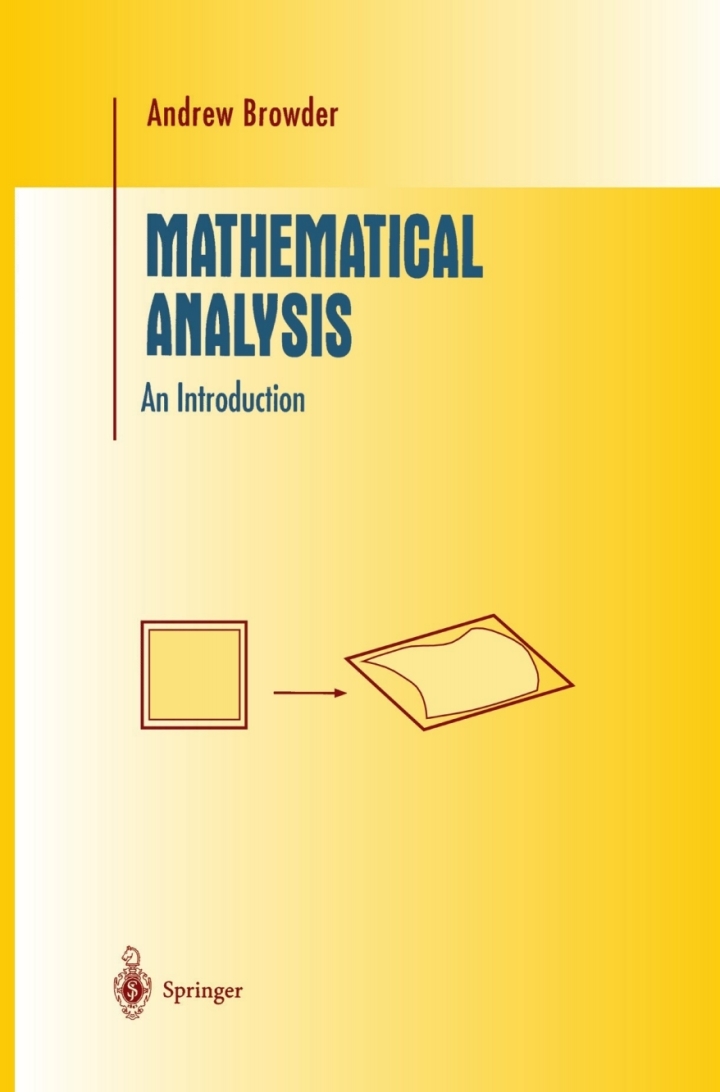Mathematical Analysis: An Introduction eBook
$59.99 Original price was: $59.99.$10.00Current price is: $10.00.
-
Author(s): Andrew Browder
-
Publisher: Springer
-
Print ISBN: 9780387946146, 0387946144
-
eText ISBN: 9781461207153, 1461207150
Delivery: Can be download immediately after purchasing. For new customer, we need process for verification from 30 mins to 12 hours.
Version: PDF/EPUB. If you need EPUB and MOBI Version, please send contact us.
Compatible Devices: Can be read on any devices
This is a textbook suitable for a year-long course in analysis at the ad vanced undergraduate or possibly beginning-graduate level. It is intended for students with a strong background in calculus and linear algebra, and a strong motivation to learn mathematics for its own sake. At this stage of their education, such students are generally given a course in abstract algebra, and a course in analysis, which give the fundamentals of these two areas, as mathematicians today conceive them. Mathematics is now a subject splintered into many specialties and sub specialties, but most of it can be placed roughly into three categories: al gebra, geometry, and analysis. In fact, almost all mathematics done today is a mixture of algebra, geometry and analysis, and some of the most in teresting results are obtained by the application of analysis to algebra, say, or geometry to analysis, in a fresh and surprising way. What then do these categories signify? Algebra is the mathematics that arises from the ancient experiences of addition and multiplication of whole numbers; it deals with the finite and discrete. Geometry is the mathematics that grows out of spatial experience; it is concerned with shape and form, and with measur ing, where algebra deals with counting.
This is a digital product.
Mathematical Analysis: An Introduction is written by Andrew Browder and published by Springer. The Digital and eTextbook ISBNs for Mathematical Analysis are 9781461207153, 1461207150 and the print ISBNs are 9780387946146, 0387946144.


Reviews
There are no reviews yet.